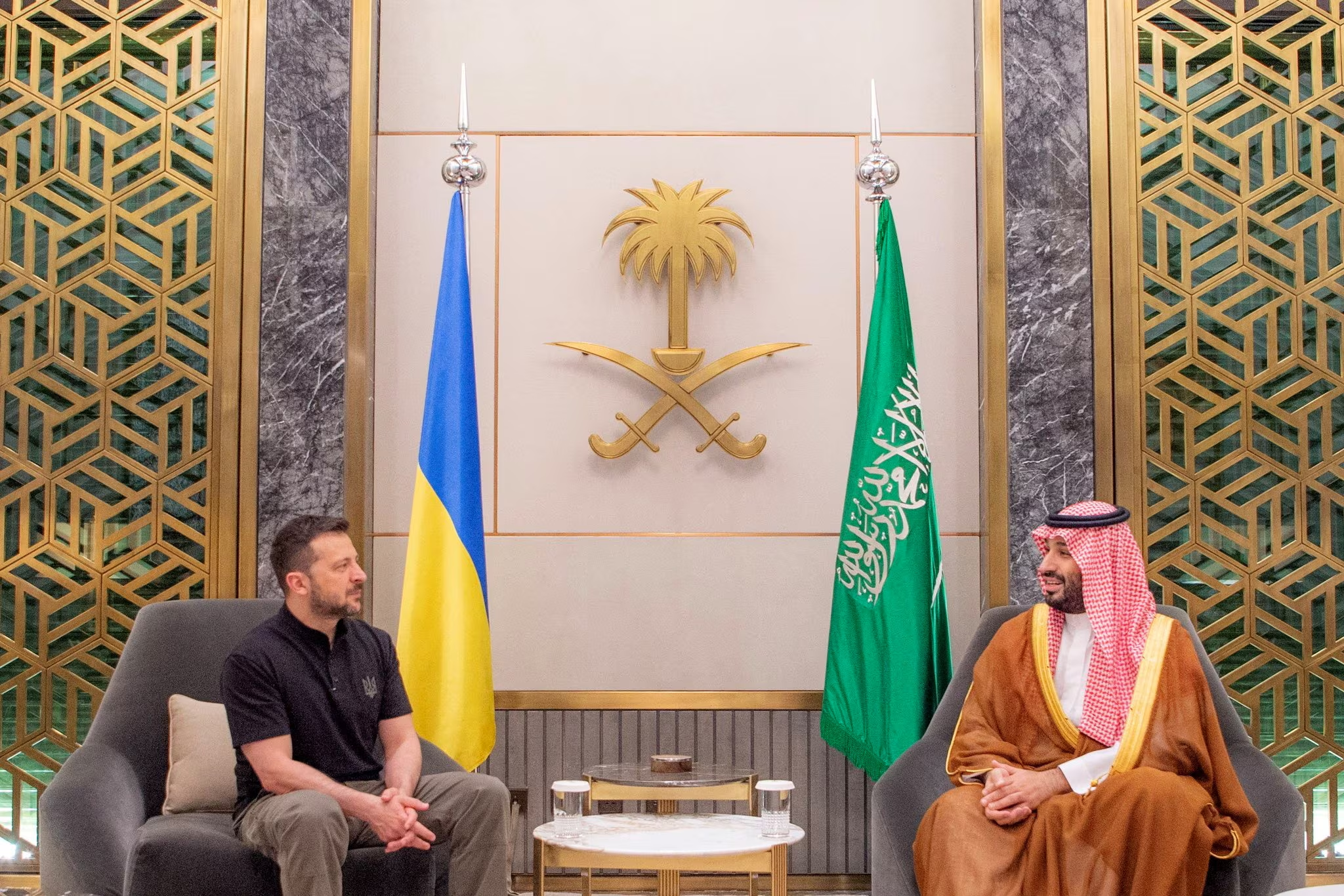In a significant escalation of hostilities, a Hezbollah drone attack on an army base in central Israel resulted in the deaths of four soldiers and left seven others severely wounded on Sunday, according to the Israeli military. This attack marks the deadliest strike by the militant group since Israel launched its ground invasion of Lebanon nearly two weeks ago, further intensifying the already volatile situation in the region.
The attack occurred near the city of Binyamina and was claimed by Hezbollah as retaliation for Israeli airstrikes on Beirut last Thursday, which reportedly killed 22 people. In a statement, Hezbollah announced that the assault targeted Israel’s elite Golani brigade, employing dozens of missiles to occupy Israeli air defense systems while “squadrons” of drones carried out the attack.
Israel’s national rescue service reported that a total of 61 people were wounded in the attack. The high number of casualties is notable given Israel’s advanced air-defense systems, which typically mitigate the impact of drone and missile strikes. The incident underscores the growing capabilities and boldness of Hezbollah in its ongoing conflict with Israel.
The exchange of fire between Hezbollah and Israel has become a near-daily occurrence over the past year, following the onset of the war in Gaza. The recent drone attack represents a significant escalation, with both sides demonstrating increased military aggression and sophistication in their tactics.
In response to the escalating conflict, the United States has announced the deployment of a Terminal High Altitude Area Defense (THAAD) missile defense battery to Israel. This move, reportedly accompanied by the deployment of approximately 100 US troops, signals a deepening of American involvement in the crisis-hit region. The THAAD system is designed to intercept and destroy short, medium, and intermediate-range ballistic missiles, providing a critical layer of defense for Israel amid the heightened threat environment.
The last deployment of a THAAD system to the Middle East occurred in the immediate aftermath of Hamas’ attacks on Israel on October 7 of the previous year. The Pentagon confirmed that a THAAD system was previously deployed to southern Israel for drills in 2019, marking the only other known instance of its presence in the region.
The involvement of the United States in bolstering Israel’s defense capabilities highlights the international dimensions of the conflict and the potential for further escalation. The deployment of advanced missile defense systems reflects the seriousness with which the US views the threat posed by Hezbollah and other regional actors.
For the people of both Lebanon and Israel, the ongoing hostilities have resulted in significant hardship and uncertainty. The escalation of military actions has exacerbated the humanitarian situation, with civilians on both sides facing the threat of violence and displacement. The drone attack in central Israel is a stark reminder of the human cost of the conflict and the urgent need for a resolution that prioritizes the protection of civilian lives.
The international community has expressed growing concern over the escalating violence and its potential to destabilize the broader region. Calls for restraint and dialogue have been echoed by various countries and organizations, emphasizing the urgent need for a comprehensive and lasting resolution to the conflict.
In Lebanon, the impact of Israeli airstrikes and the ongoing military operations has been devastating, with communities grappling with the loss of life and the destruction of infrastructure. The humanitarian crisis is compounded by the economic challenges facing the country, creating a precarious environment for civilians caught in the crossfire.
In Israel, the threat posed by Hezbollah’s increased military capabilities has heightened security concerns and prompted calls for enhanced defense measures. The deployment of the THAAD system is a critical component of Israel’s strategy to protect its population and infrastructure from potential attacks.
As the conflict continues to unfold, the path to peace remains fraught with challenges. Diplomatic efforts aimed at de-escalating tensions and facilitating negotiations are crucial to preventing further violence and achieving a sustainable resolution. The role of international actors is increasingly important in this context, as they work to address the root causes of the conflict and pave the way for peace and stability in the region.
For now, the situation remains fluid and unpredictable. The ongoing military operations, coupled with the deployment of advanced defense systems, serve as a stark reminder of the complexities and dangers inherent in the conflict. The urgent need for a resolution that addresses the underlying issues and paves the way for a brighter future for all those affected is more pressing than ever.
The Hezbollah drone attack in central Israel highlights the escalating tensions and the potential for further conflict in the region. As both sides continue to engage in military actions, the hope for peace and justice remains a guiding light. The international community must continue to advocate for a resolution that prioritizes the protection of civilians and the restoration of peace in the region.








